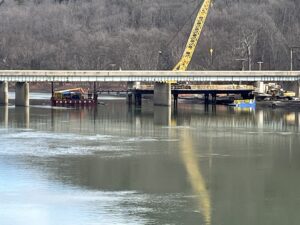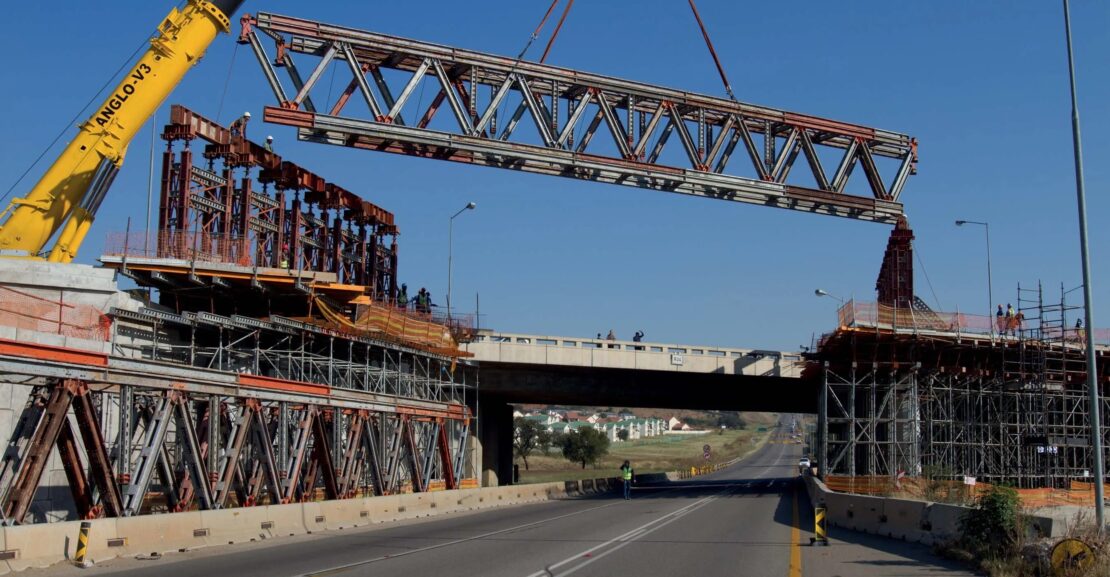The American Institute of Steel Construction (AISC) is a leading authority in the realm of structural steel design, fabrication, and construction, particularly in the context of bridge infrastructure. Founded in 1921, AISC has been instrumental in establishing industry standards and guidelines that govern the use of structural steel in various applications, including bridges. Understanding the significance of AISC standards is essential for ensuring the structural integrity, safety, and durability of bridge projects.
Design Standards
AISC provides comprehensive design standards for the design of steel bridges, covering aspects such as material properties, structural configurations, load combinations, and design methodologies. These standards are formulated based on rigorous research, engineering principles, and best practices in the field of structural engineering. By adhering to AISC design standards, bridge designers can ensure that their designs meet the required performance criteria and comply with regulatory requirements.
One of the key design standards provided by AISC for bridge construction is the AISC Steel Construction Manual, which serves as a comprehensive resource for engineers, architects, and contractors involved in steel construction projects. The manual contains detailed provisions for the design, analysis, and fabrication of steel structures, including bridges, and is widely recognized as the authoritative reference in the industry.
Fabrication Practices
In addition to design standards, AISC also sets guidelines for the fabrication of structural steel components used in bridge construction. These guidelines cover various aspects of fabrication, including material handling, cutting, welding, forming, and quality control. By following AISC fabrication practices, steel fabricators can ensure the accuracy, consistency, and quality of fabricated steel components, thereby enhancing the overall performance and reliability of bridge structures.
AISC-certified fabricators undergo rigorous quality control procedures and adhere to stringent fabrication standards to maintain the highest level of quality and integrity in their products. This certification provides assurance to bridge owners, engineers, and contractors that the fabricated steel components meet the required specifications and standards for structural performance and safety.
Procedures
AISC also provides guidance on the erection of steel bridges, outlining best practices and safety procedures for the installation of steel components on-site. Erection procedures include the handling, lifting, and assembly of steel members, as well as the connection details and temporary bracing required during construction. By following AISC erection procedures, contractors can ensure the safe and efficient installation of steel bridges while minimizing the risk of accidents and structural failures.
Impact on Bridge Construction

The adoption of AISC standards has had a profound impact on bridge construction practices, leading to improvements in design efficiency, construction quality, and project delivery. By providing clear and comprehensive guidelines for design, fabrication, and erection, AISC standards help streamline the construction process, reduce errors and rework, and ensure the long-term performance and durability of bridge infrastructure.
In conclusion, AISC plays a critical role in bridge construction by providing industry-leading standards and guidelines for the design, fabrication, and erection of steel bridges. By adhering to AISC standards, bridge designers, fabricators, and contractors can ensure the structural integrity, safety, and reliability of bridge projects, ultimately contributing to the development of safe, efficient, and sustainable transportation infrastructure.
AISC in Bridge Construction | What it means
The article explores the pivotal role of the American Institute of Steel Construction (AISC) in bridge construction. It discusses AISC's design standards, fabrication practices, and erection procedures, emphasizing their impact on structural integrity, safety, and efficiency. By adhering to AISC guidelines, bridge professionals ensure high-quality, durable infrastructure, advancing engineering excellence and infrastructure development.
